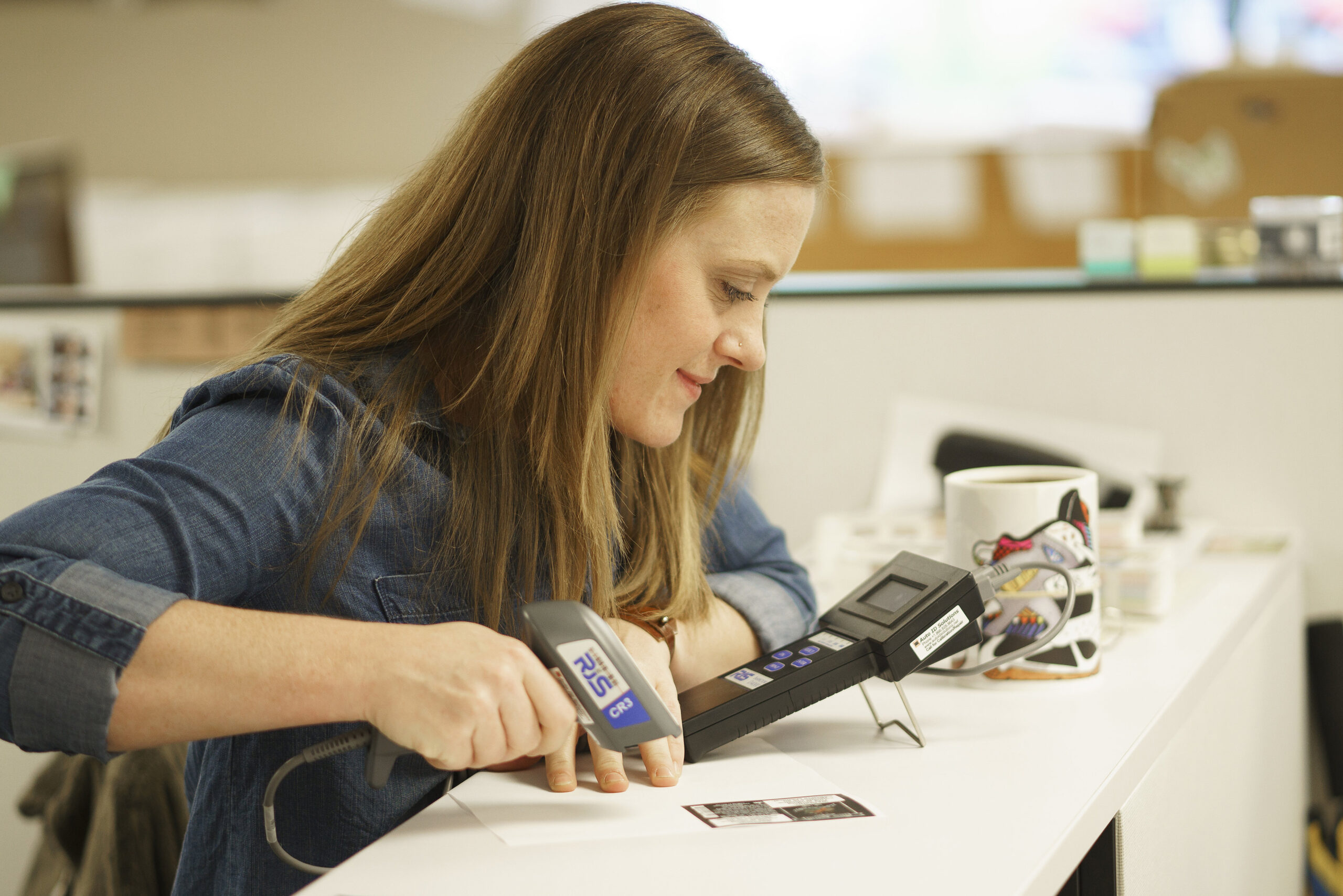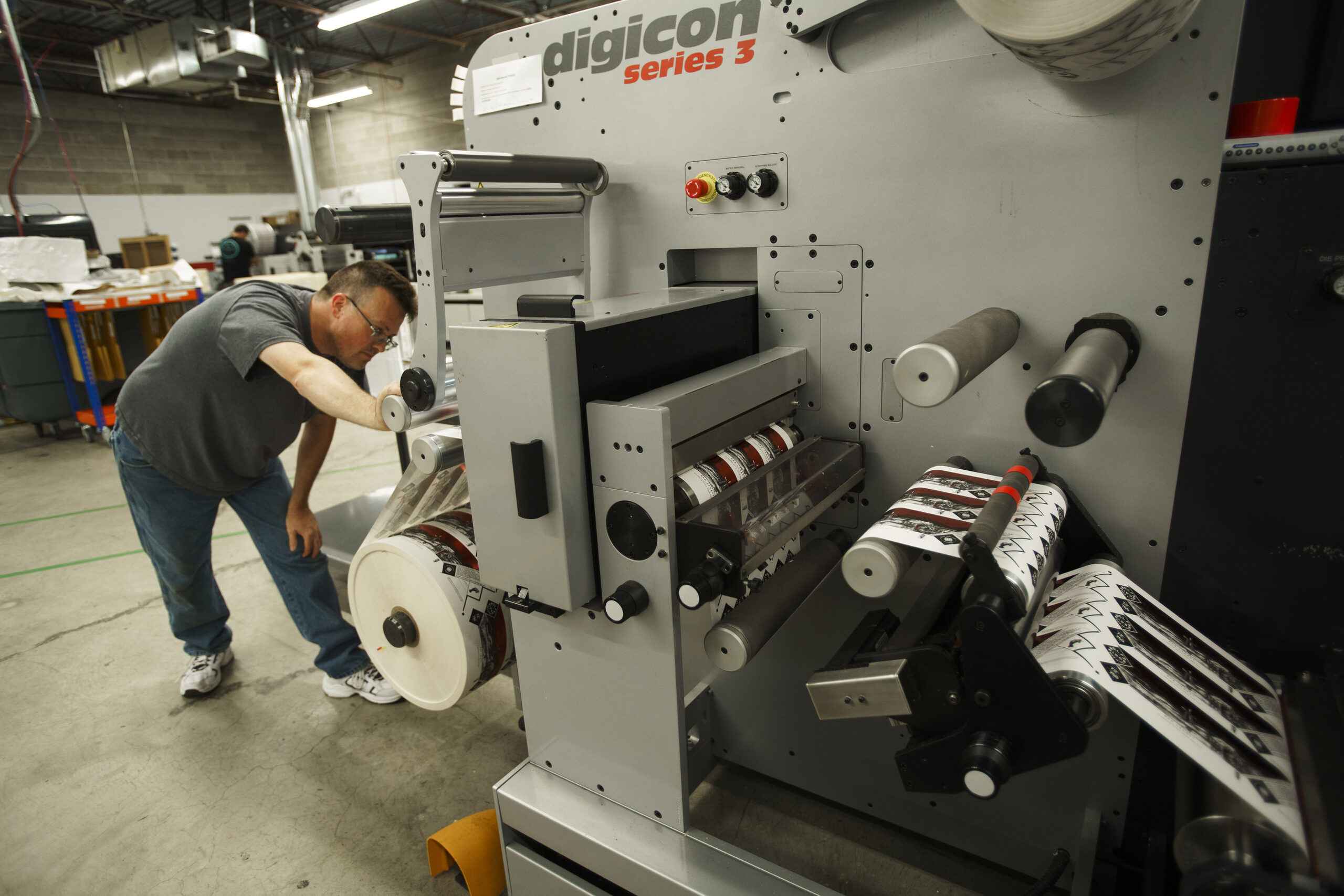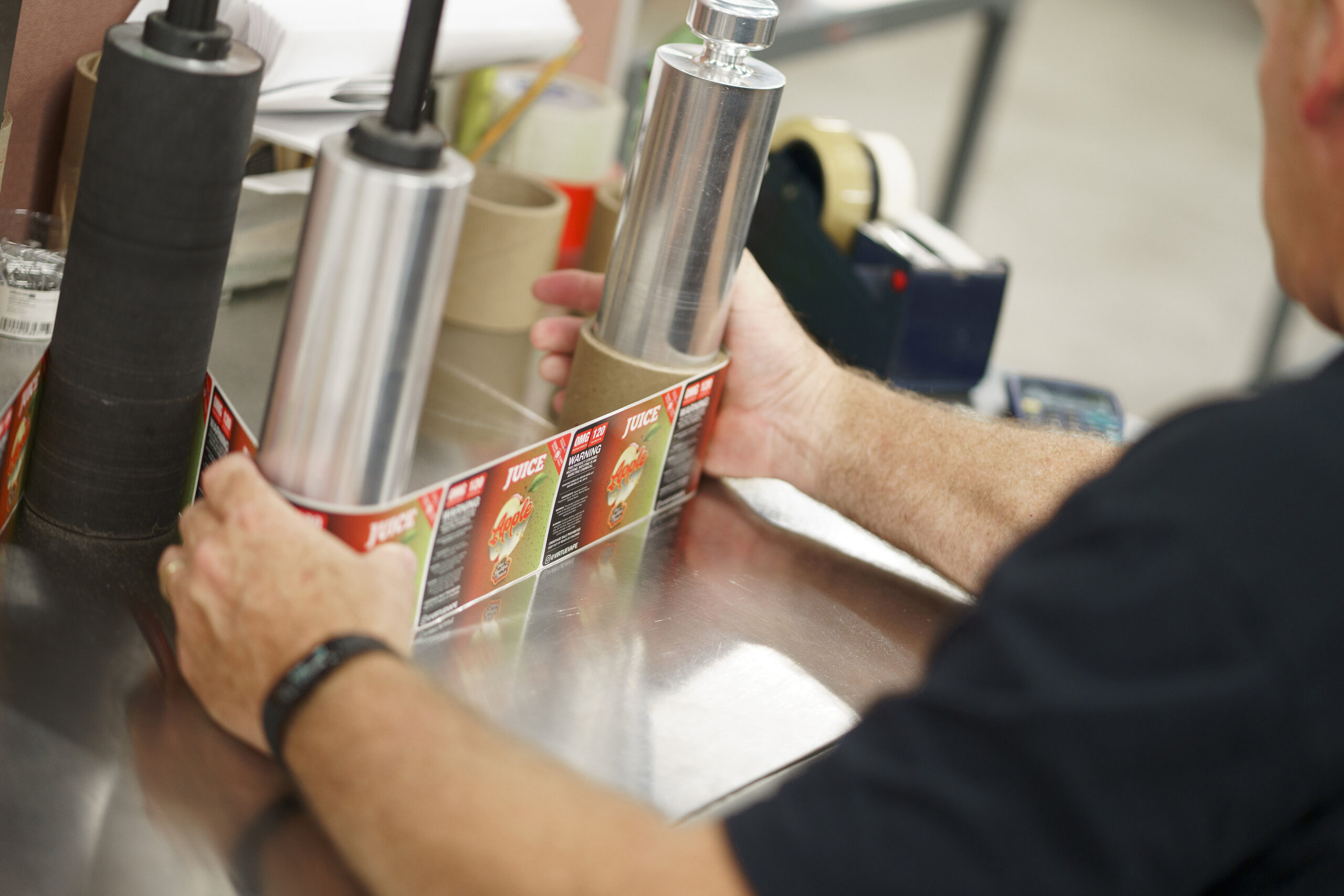The Difference Between Glossy, Satin, and Matte Labels
There are plenty of finishing options for product labels, but there’s only one that’s perfect for your design. Glossy, matte, and satin finishes can all look amazing in different situations, so it’s important to figure out which options are right for the look and feel of your labels. Let’s break down the differences between these types of label finishes and why one might be the best option for your products.
| Glossy | Satin | Matte | |
| Durability | High with laminate | Moderate | Moderate |
| Print Quality | High vibrancy and contrast | Balanced sheen, good clarity | Soft, elegant appearance |
| Material Flexibility | Less flexible | Somewhat flexible | Most flexible |
| Water Resistance | High with proper coating | Moderate to high | Moderate to high |
| UV Resistance | High with UV coating | Moderate | Moderate |
| Temperature Resistance | Moderate to high | Moderate | High |
| Cost | Higher cost | Moderate cost | Generally lower cost |
What is a Glossy Label Finish?
A glossy finish is a characteristic of laminate or varnish that has a high shine effect. This finish will leave a glossy sheen to your product labels that will certainly pop to consumers.
The reason for this shine is because glossy finishes reflect light. A gloss laminate adds a protective film to the top of your label that will not only protect your design, but also catch the light in attractive ways. A gloss varnish is applied as a liquid that cures and dries to form a protective layer that also reflects light while shielding your label from harm.
Applications for Glossy Labels
Glossy labels stand out thanks to their high-shine finish that does more than just catch the light. This type of label is known for enhancing color contrast, making it an ideal choice for designs that feature complex vivid colors or intricate details.
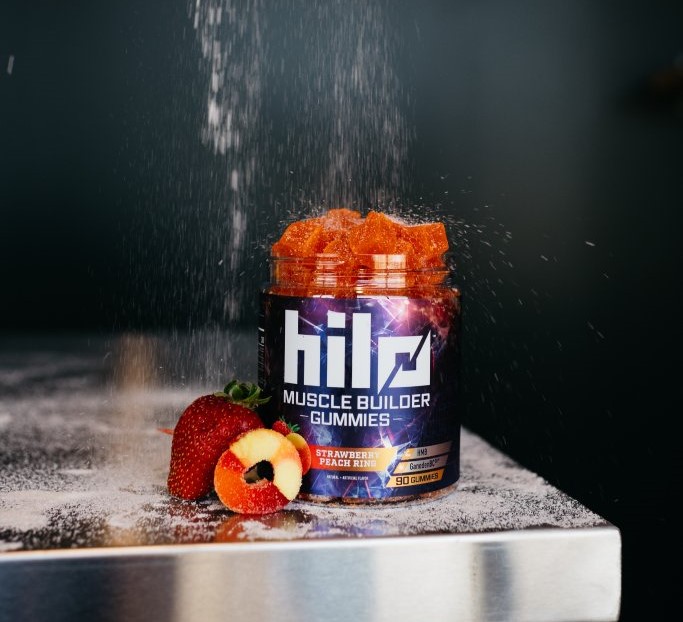
Glossy labels can be ideal for:
- Beverages and Frozen Items: Glossy labels are ideal for beverages and frozen items due to their moisture-resistant properties, ensuring the packaging remains vibrant and intact in cold conditions.
- Luxury Products: The premium look and feel of glossy labels aligns well with luxury beverages, gourmet foods, cosmetic items, and health supplements.
- Colorful Labels: Products featuring vibrant colors or detailed artwork benefit from the added depth and dimension offered by gloss finishes.
- Hair Care Products: Given their ability to resist moisture, glossy labels are a popular option for hair care lines that often face humid environments.
Apart from visual advantages, glossy labels come with practical benefits as well. Their capacity to withstand moisture makes them suitable candidates for beverages and food items prone to condensation or stored in refrigeration units. That kind of durability ensures these high-shine labels maintain their composition through each stage—right from transportation all the way up to shelf placement.
What are Satin and Matte Label Finishes?
Unlike a gloss, a matte finish is an effect that creates a dulled and non-reflective surface. Matte laminates are applied to the top of your label material in the same fashion as their glossy counterparts, except that these finishes have the opposite of shiny. A satin finish accomplishes the same goal as matte laminate. The key difference is that satin is the term used for UV varnishes, whereas matte is used in describing laminates.
While glossy surfaces shine for consumers, matte and satin finishes attract attention for different reasons. The dulled effect is by no means boring – in fact, the subtle, muted look imparts a sophistication that creates a more mature, natural feel for your products.
The “flat” effect of a matte or satin finish also allows other design elements to shine. These capabilities allow you to play with the softer aesthetic of matte and satin finishes to add some class and intrigue to your packaging.
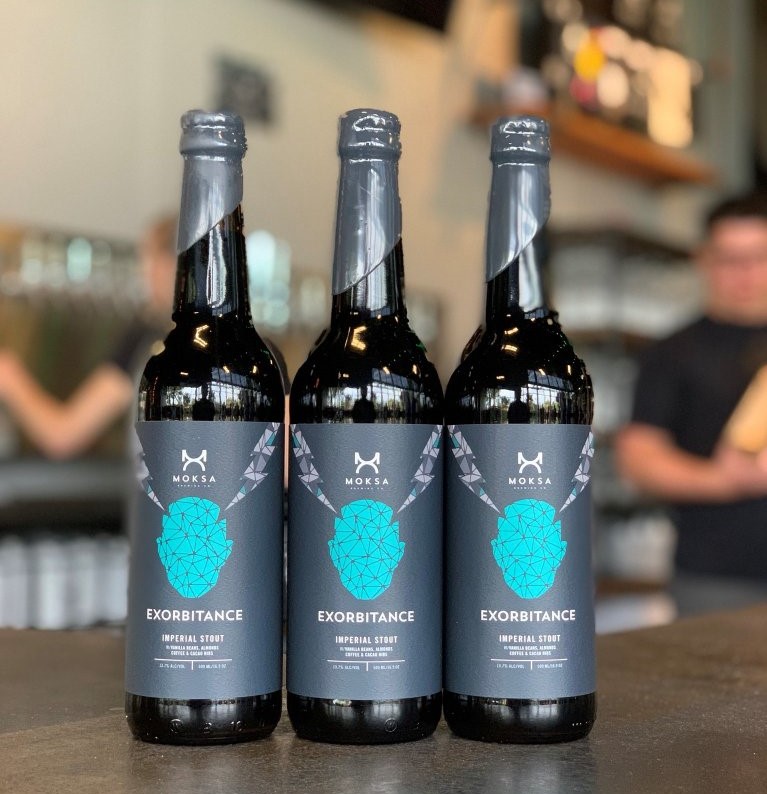
Applications for Satin Labels
Satin labels are a great middle ground in label finishes, marrying the understated elegance of matte labels with a hint of the reflective charm found in glossy labels. This blend results in a satin-like surface that softly catches light, offering visual appeal without overwhelming shine. This makes satin labels a common option for brands wishing to project sophistication and quality through their packaging.
Satin labels can be ideal for:
- Custom Candle Labels: The soft glow from candles is perfectly complemented by the muted luster of satin labels, enhancing the product’s aesthetic while maintaining an air of luxury.
- Beauty Products: From lotions to serums—beauty products benefit from the sophisticated touch offered by these labels; it suggests quality and care put into what’s inside.
- Wine Bottles: Wine producers often choose satin-finished labels as they add a layer of refinement suitable for showcasing on dining tables or gifting occasions.
In general, it’s easier to write on matte and satin finishes than glossy ones. That can be important if you handwrite batch numbers or add other details to your labels after application.
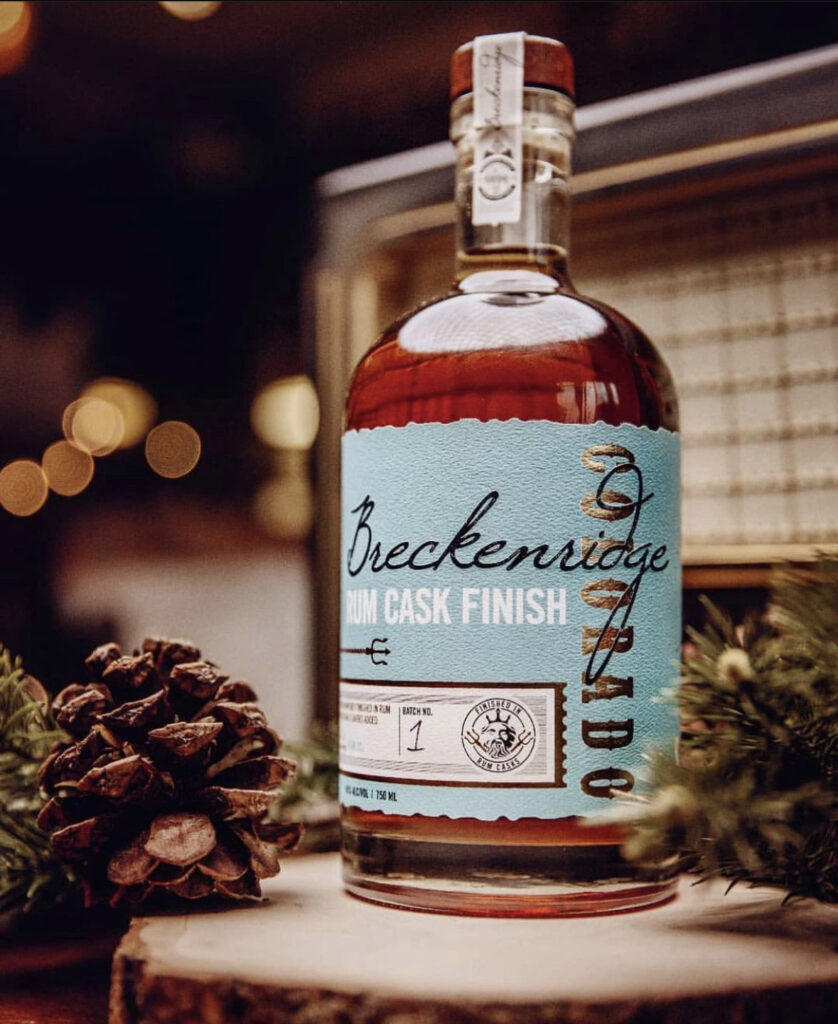
Applications for Matte Labels
Matte labels offer a distinct look that sets them apart in the world of product packaging. Known for their non-reflective finish, matte paper labels bring an air of sophistication and understated elegance to products. These non-reflective labels excel at making text and intricate designs stand out without the distraction of glare.
Satin labels can be ideal for:
- Luxury Goods: Products positioned at the higher end of the market often leverage matte labels attractive qualities to signify exclusivity.
- Organic Products: The natural-looking label surface aligns perfectly with organic or eco-friendly brand values, suggesting simplicity and purity.
- Vintage-style Designs: Brands looking to evoke nostalgia or artisanal craftsmanship find a perfect match in the textured backdrop offered by matte finishes.
If you want a classic look that evokes quality, look no further than matte laminates or satin varnishes.
Invest in the Right Label Solution for Your Products
No matter which aesthetic you prefer, it’s important to use the right finish to enhance and protect your design. Blue Label works with you to determine the best mix of material, adhesive, and finish for your exact labeling needs. Whether you need custom matte labels, high gloss labels, or some other solution, we can deliver the right solution for your exact needs.
